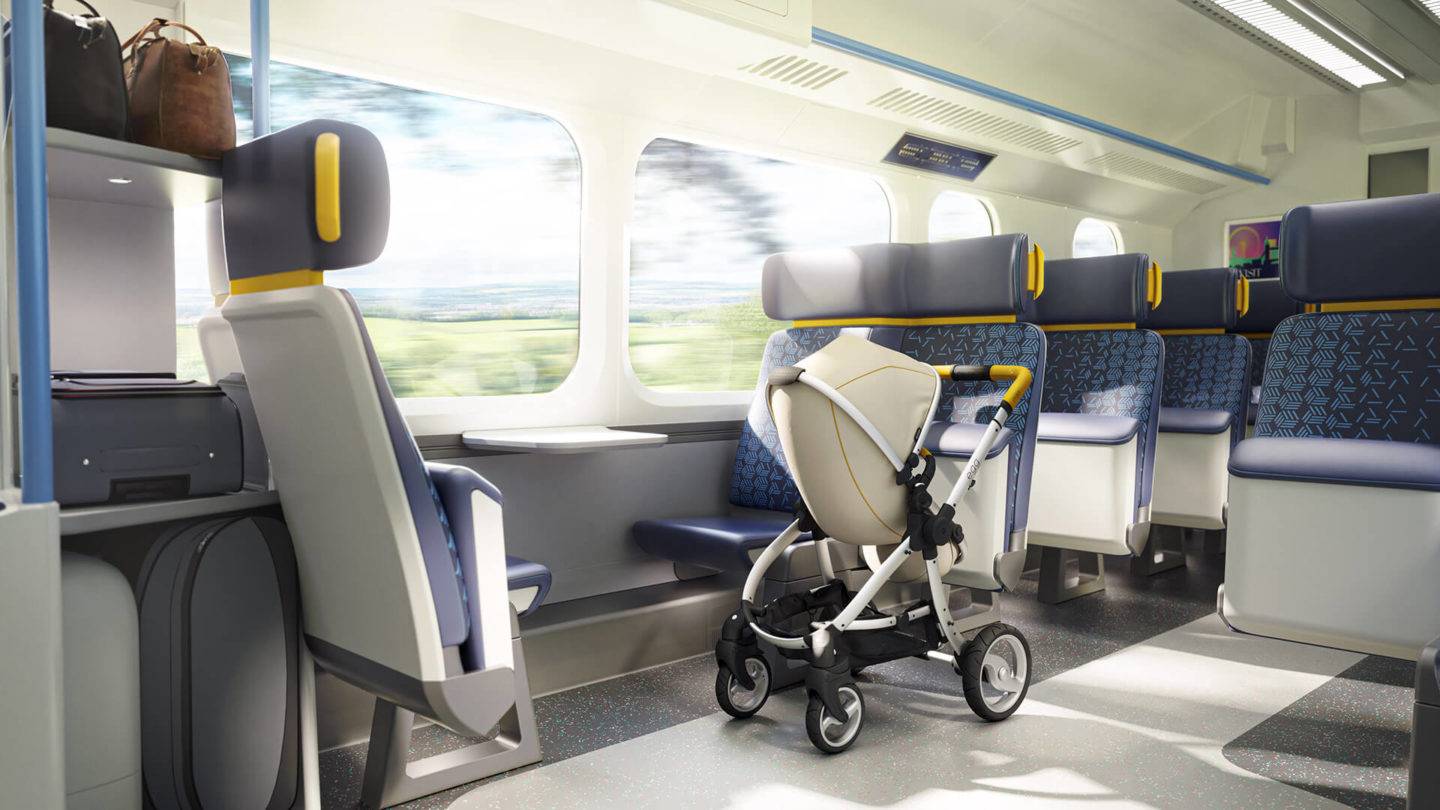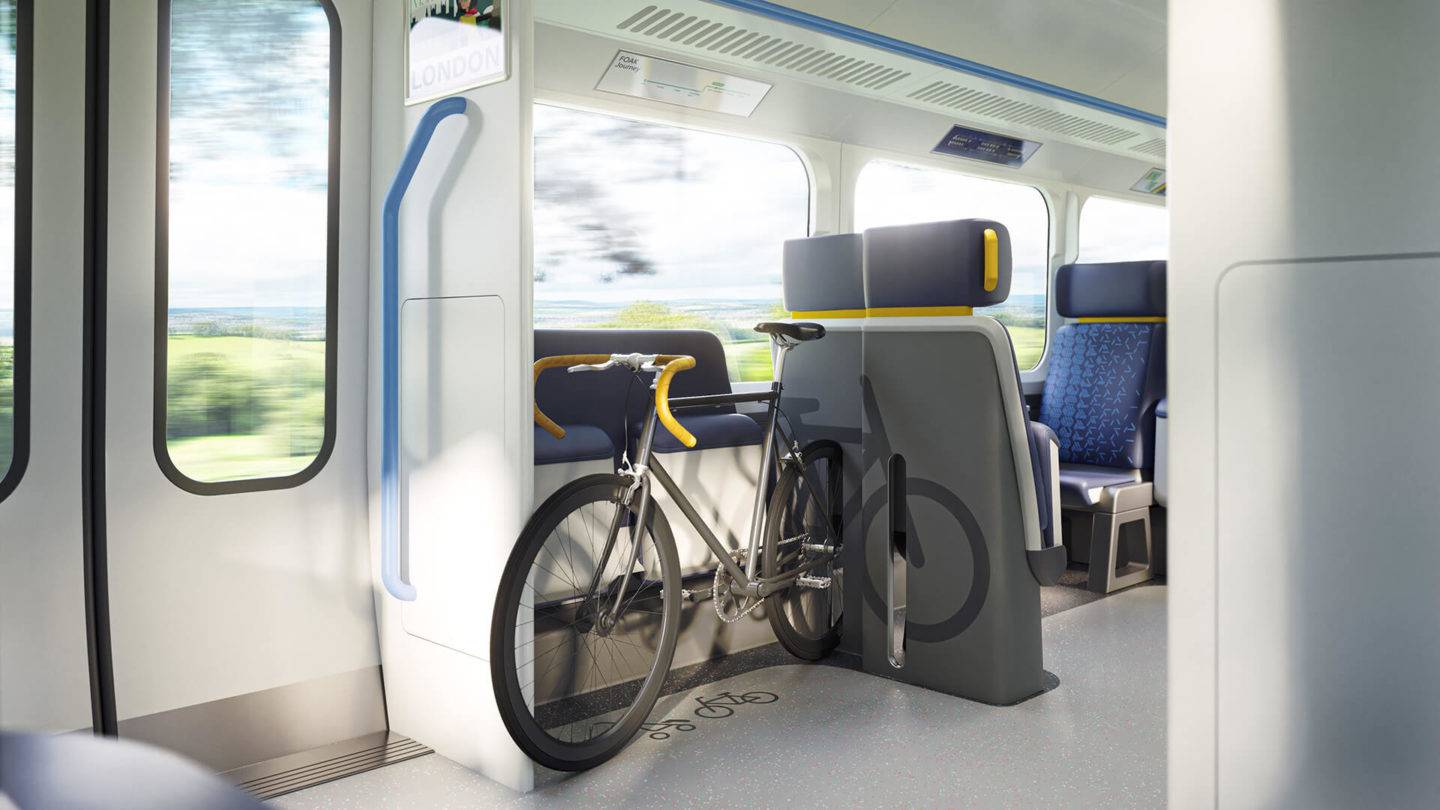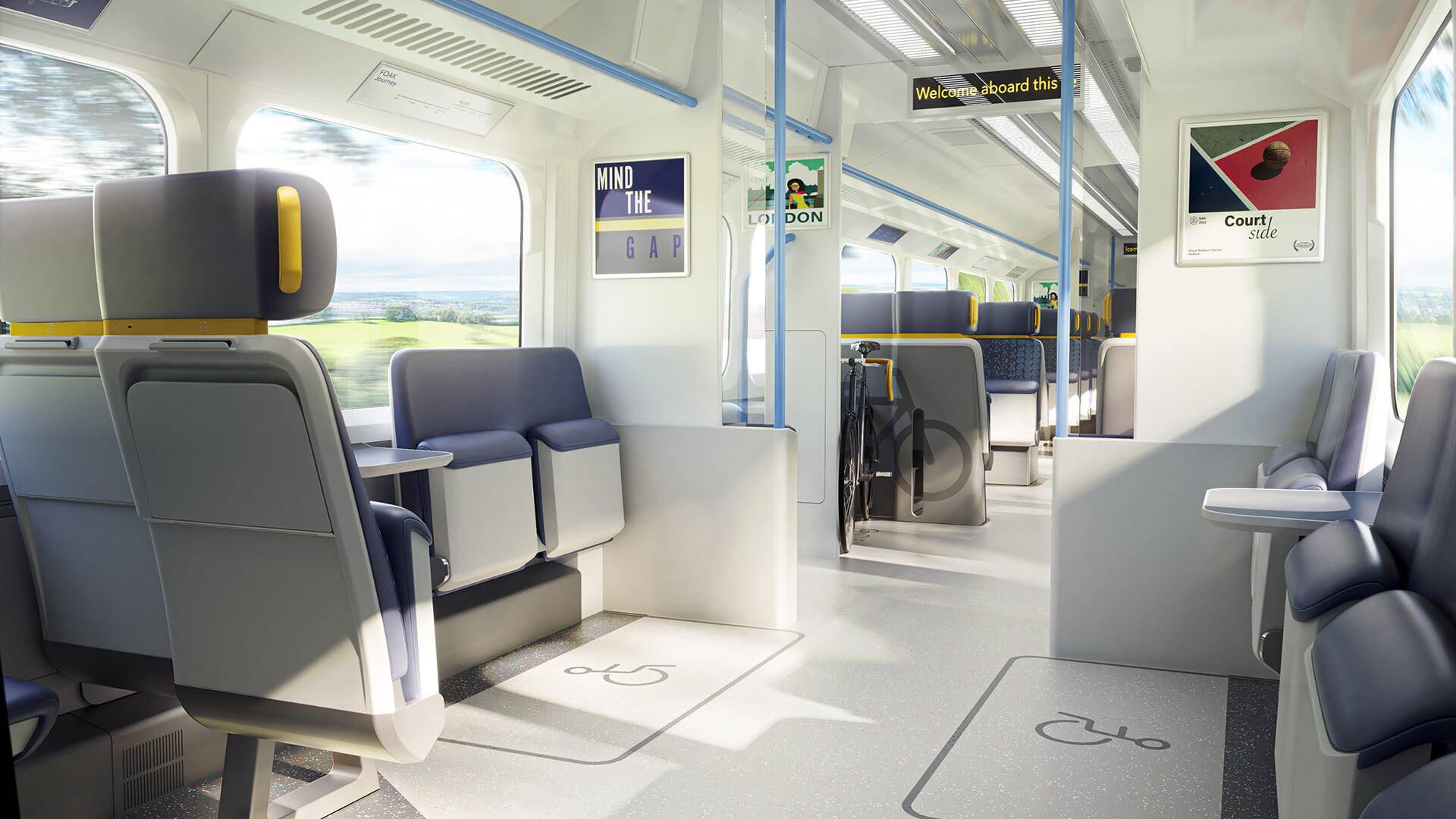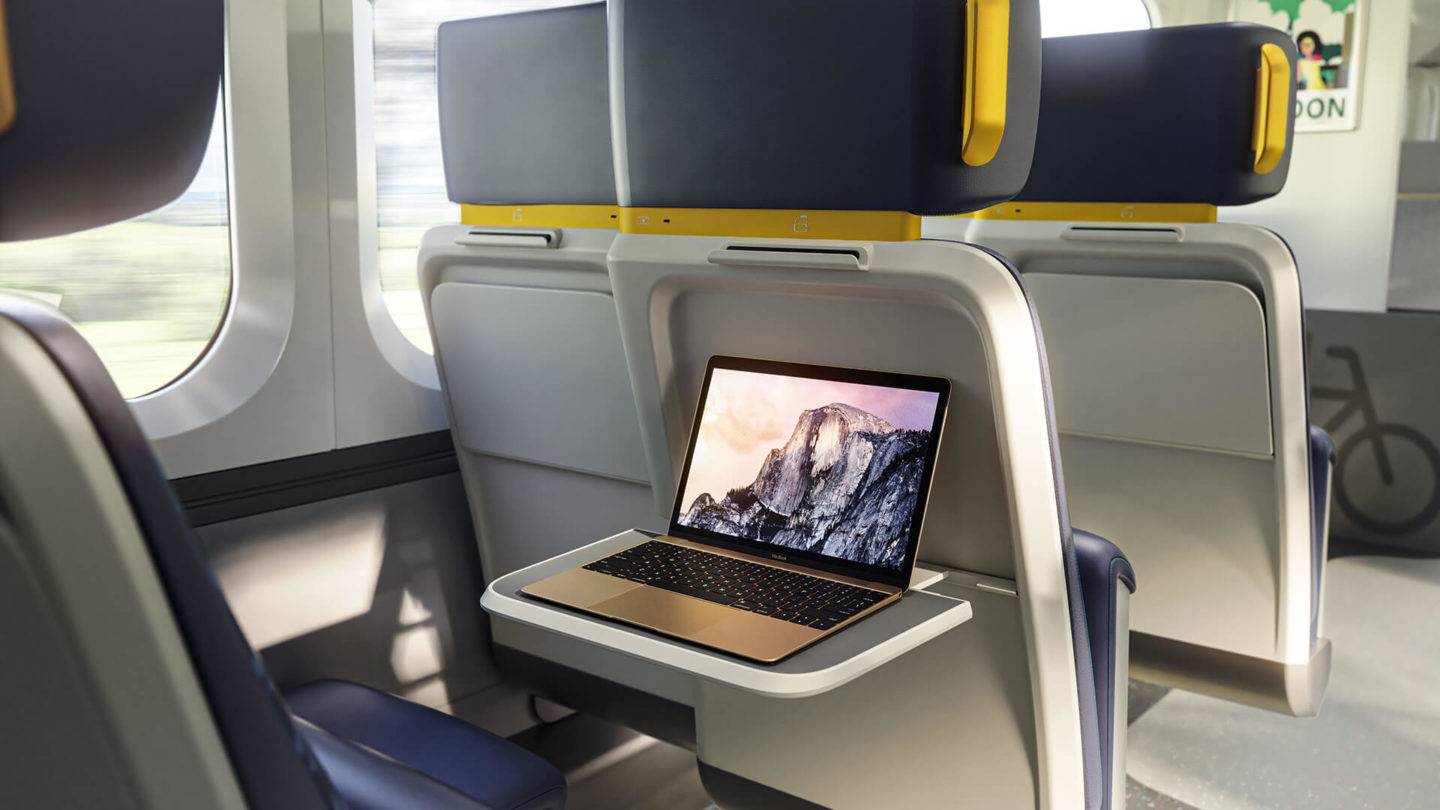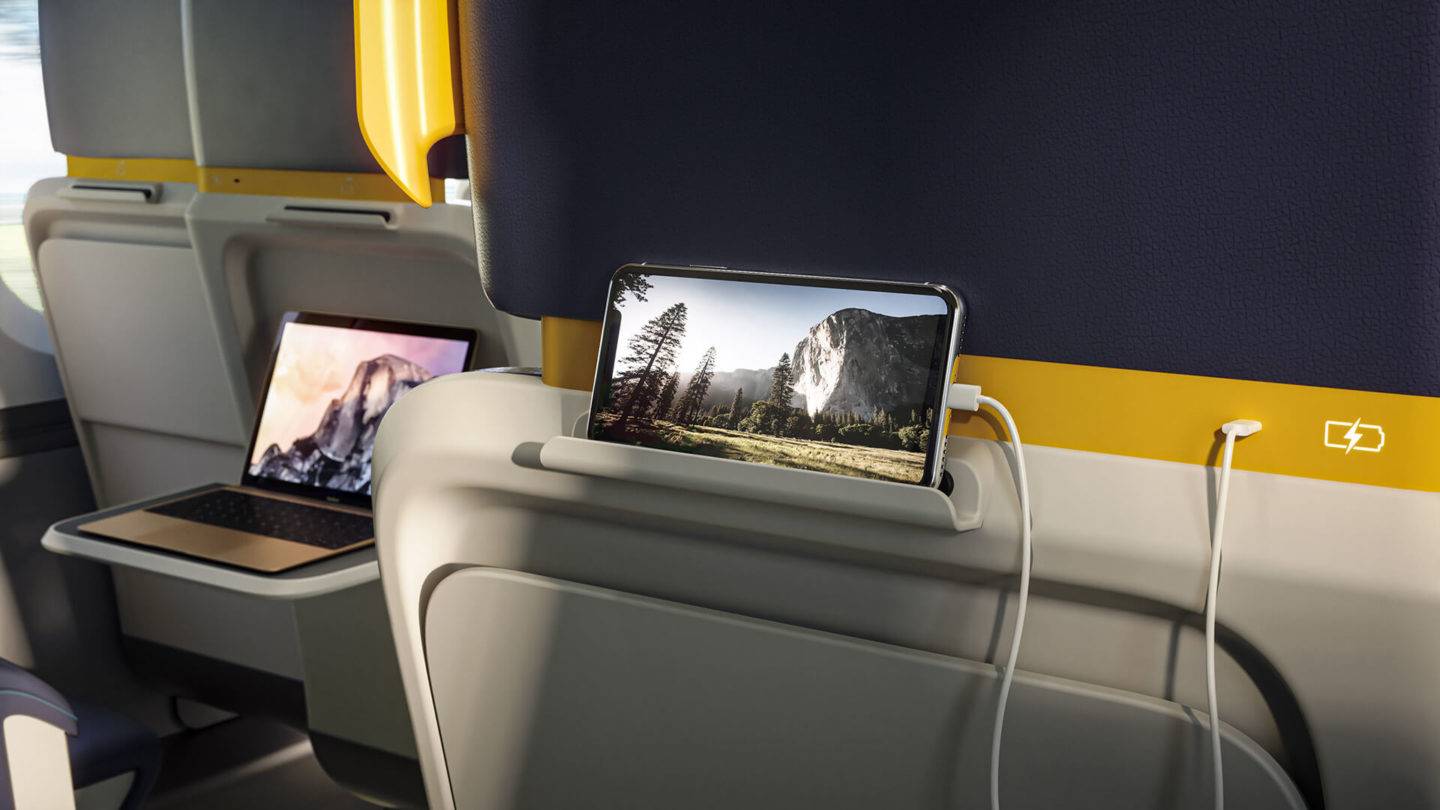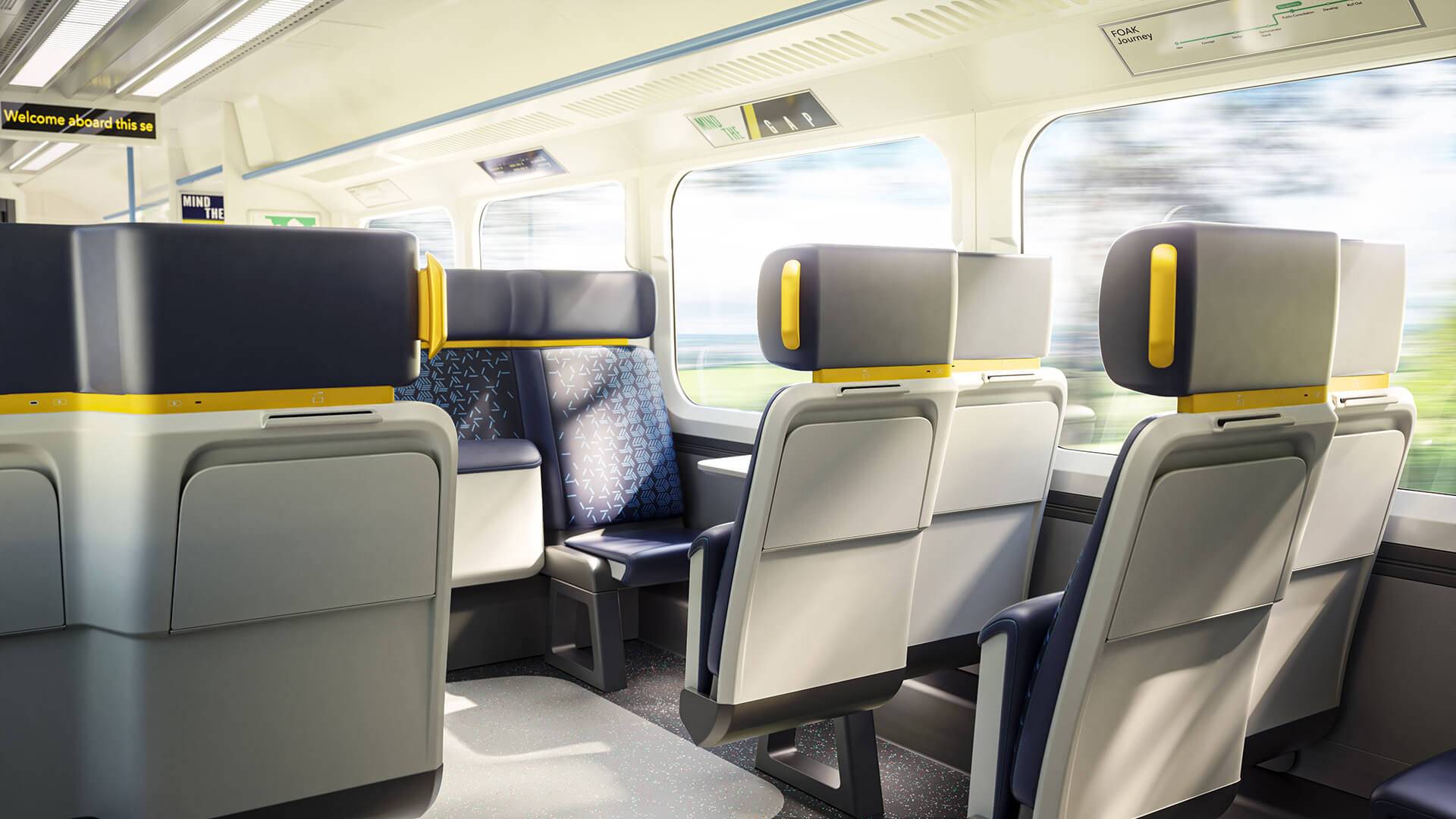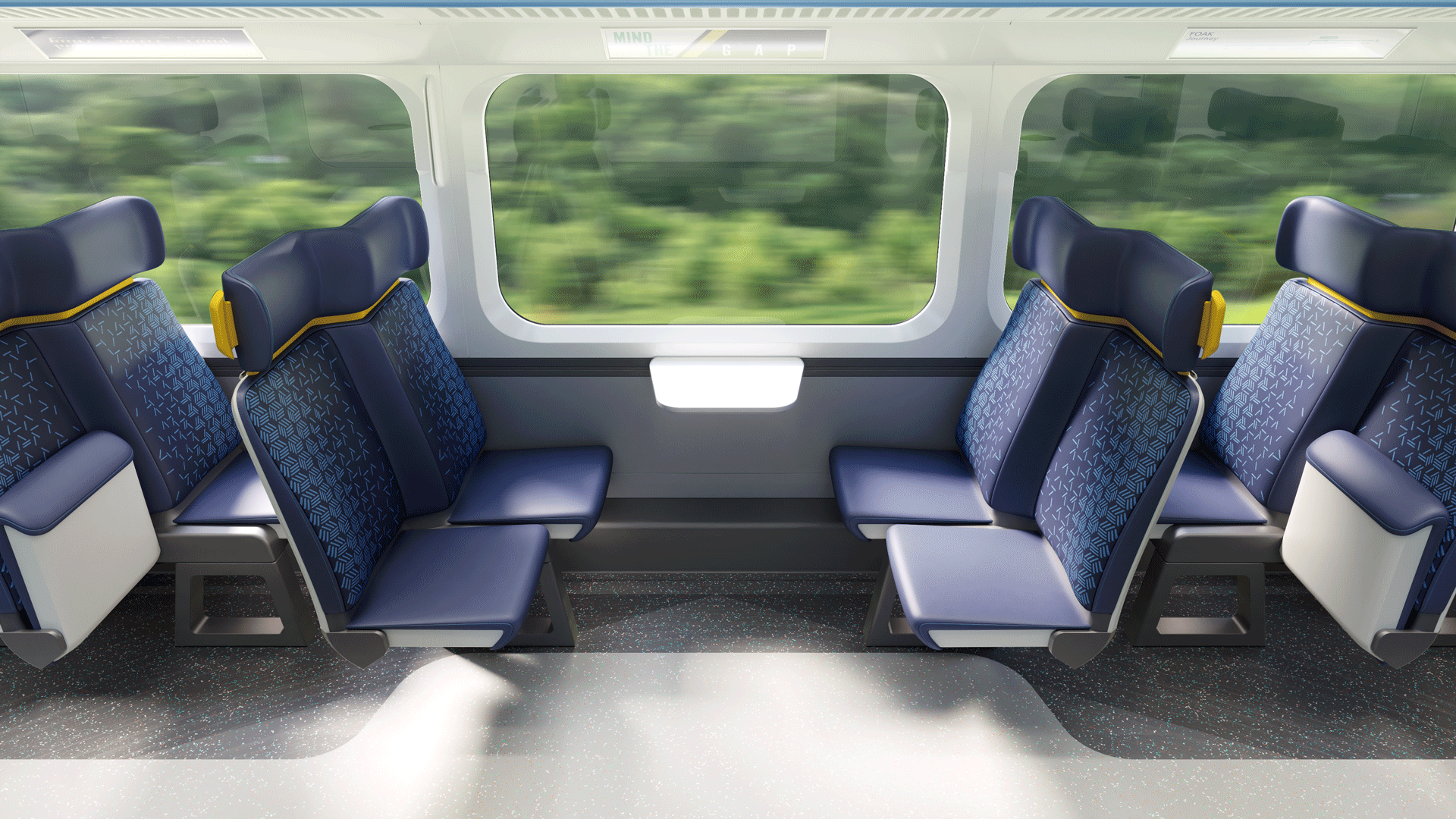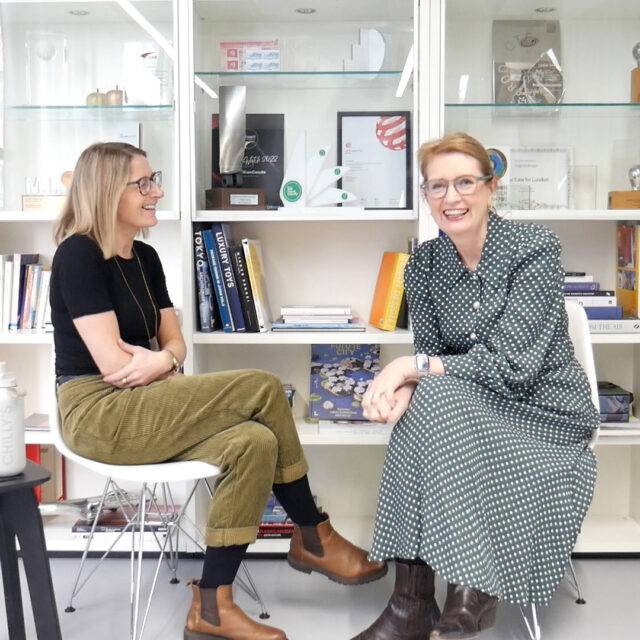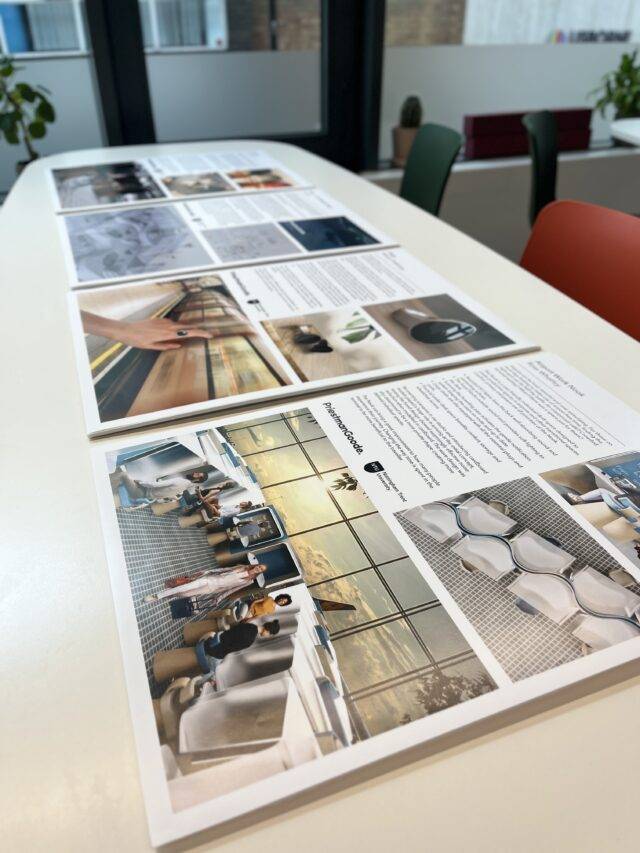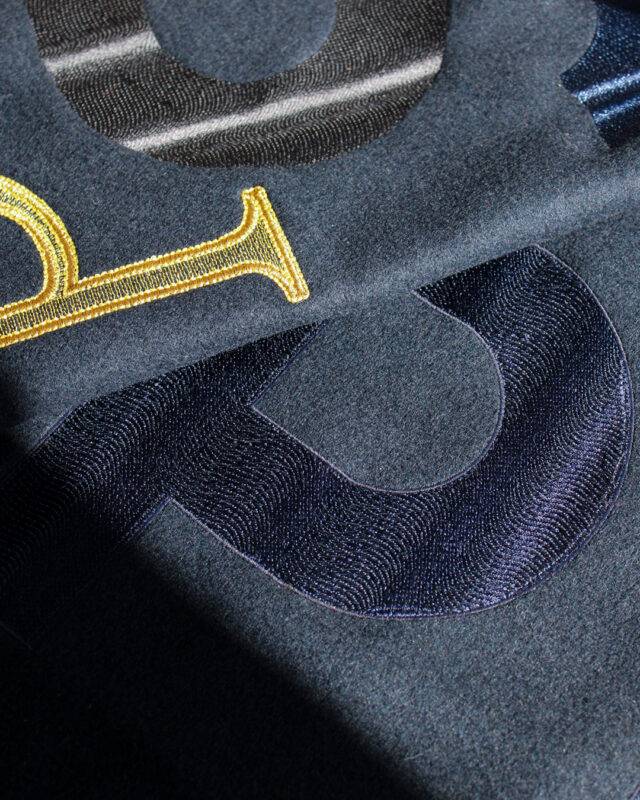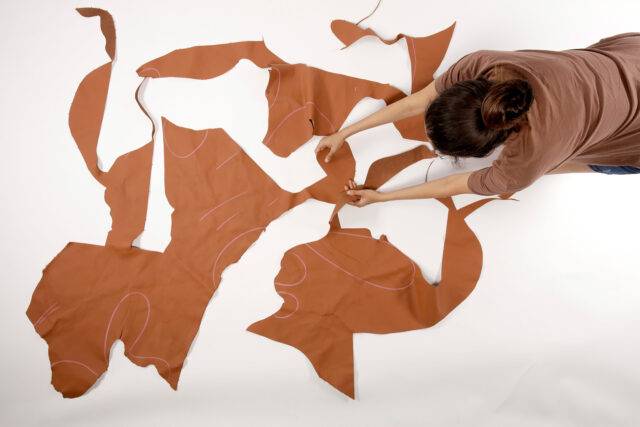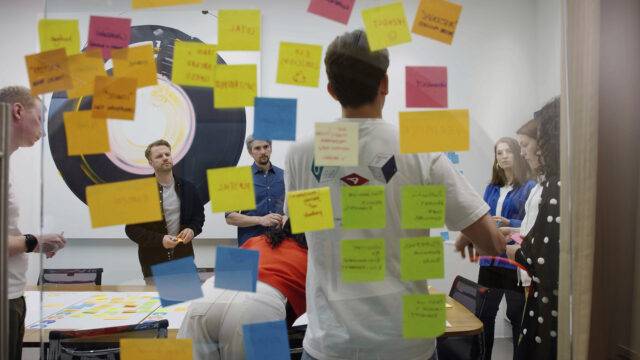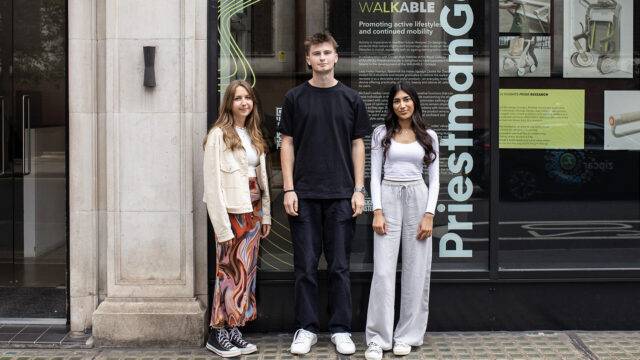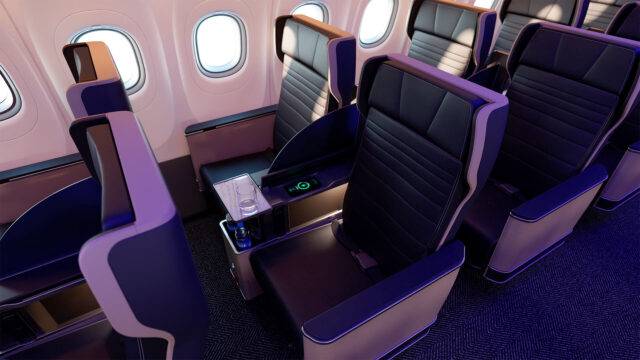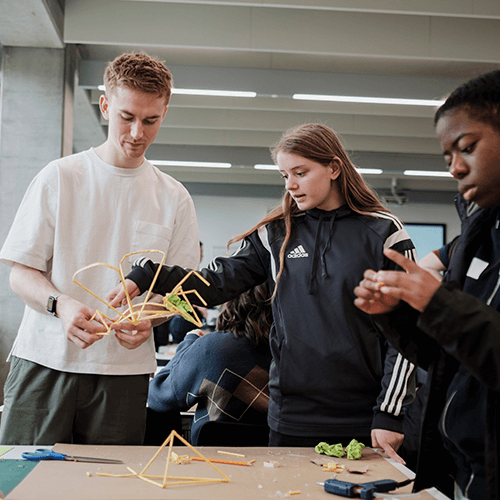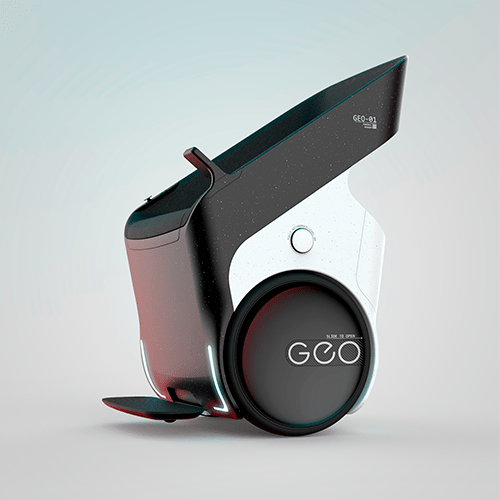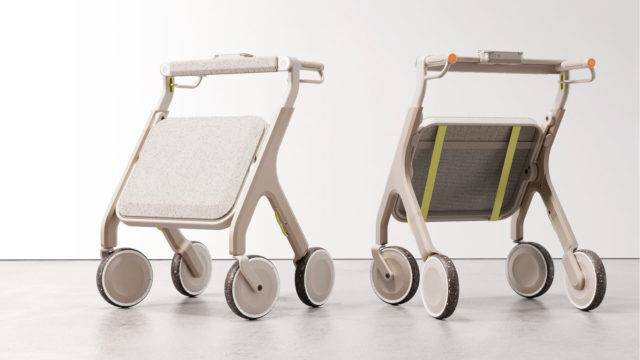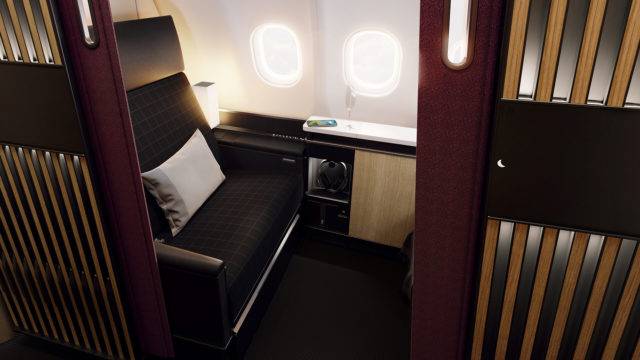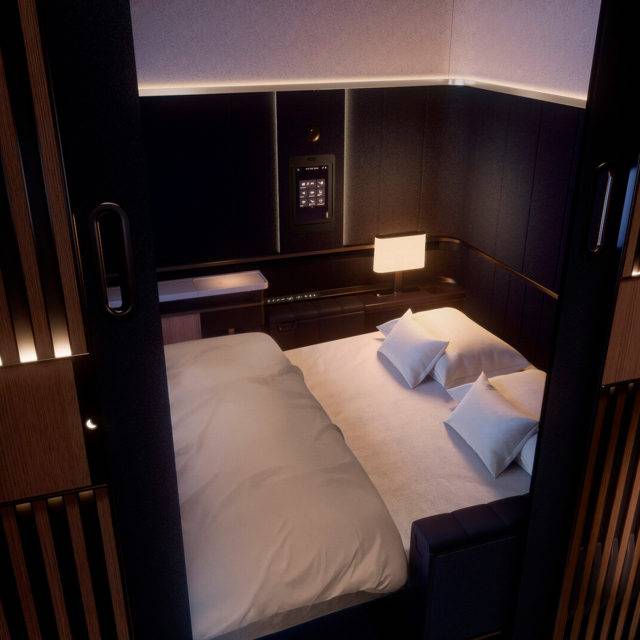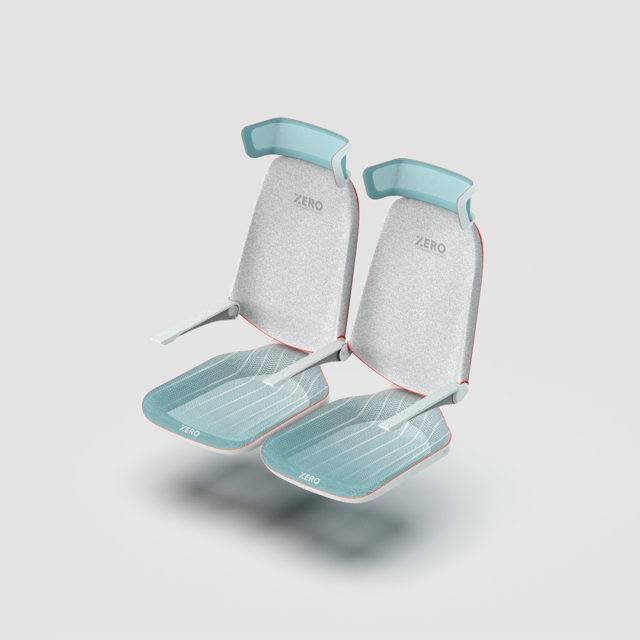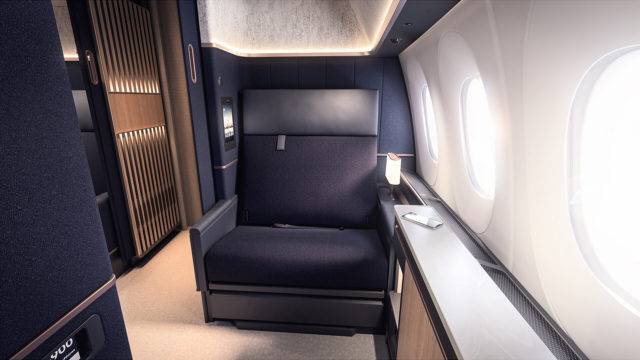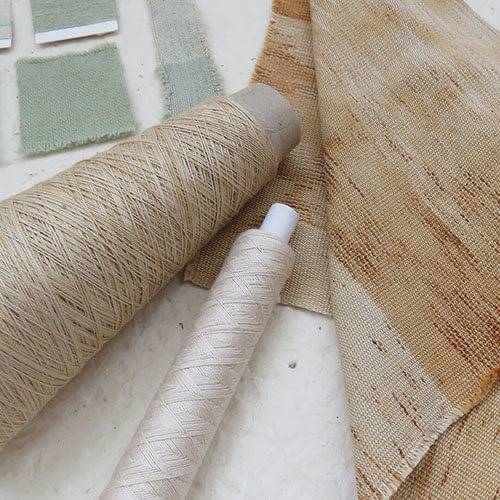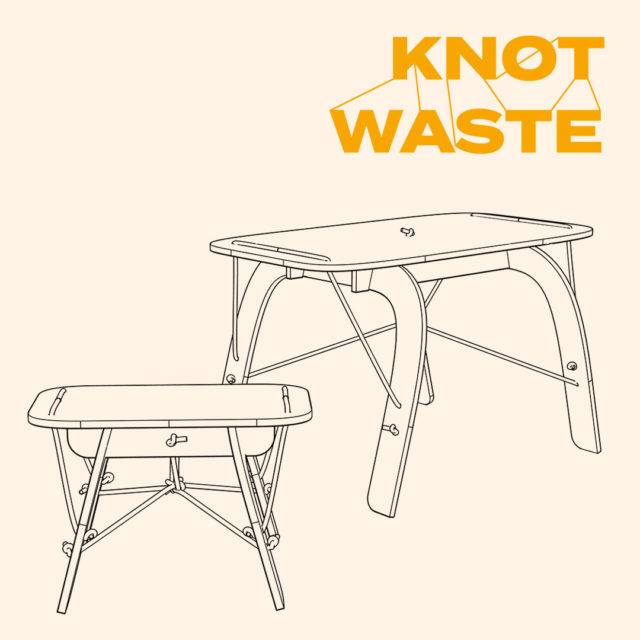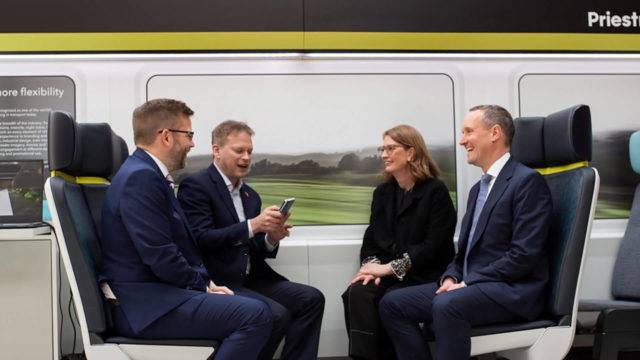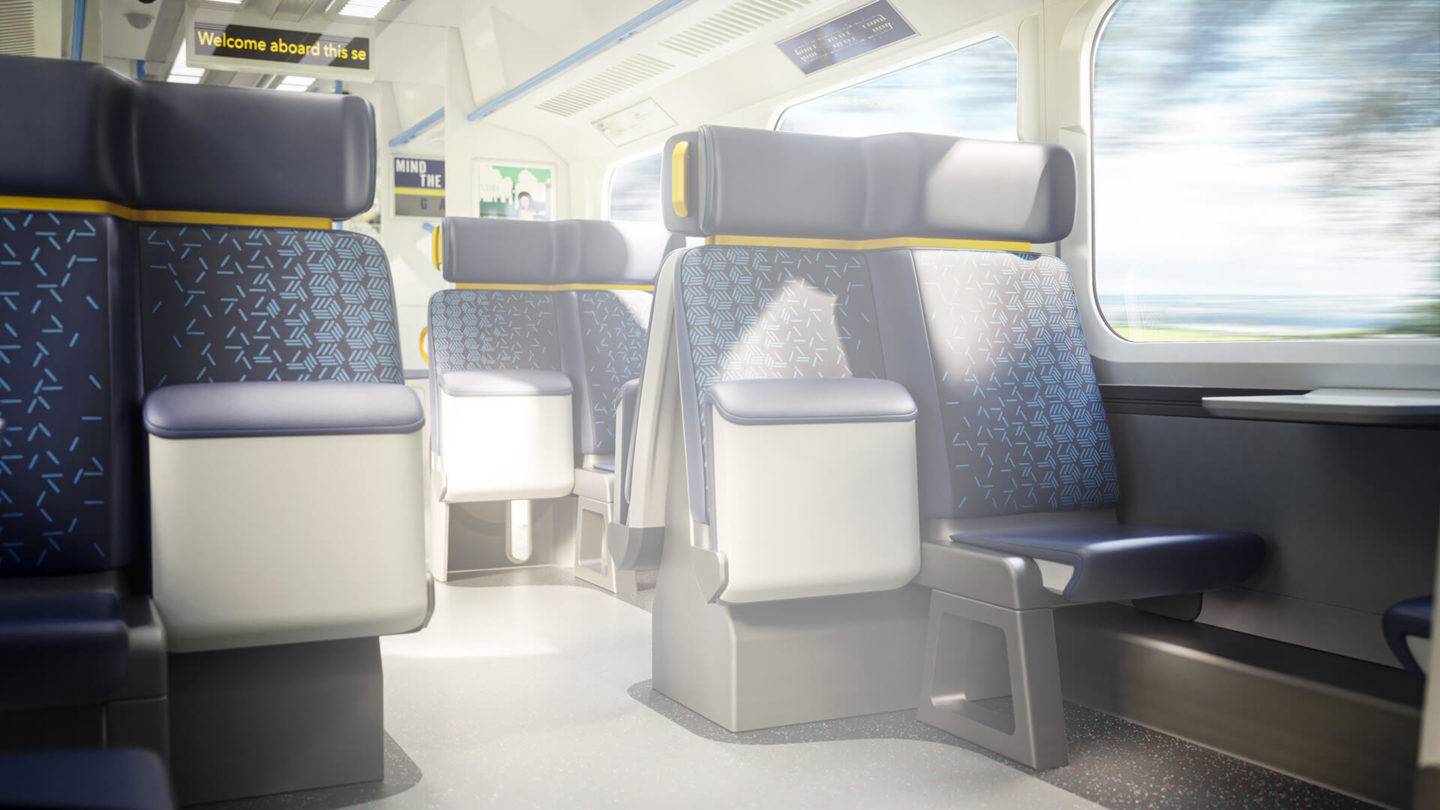
Flexible new rail interiors unveiled at London’s Marylebone Station
PriestmanGoode has unveiled a new train interior that aims to transform future rail experience. The new Proteus rail interior system is a collection of ideas that offer more flexibility, improved comfort and design features that benefit both commuters and leisure travellers. It responds to evolving patterns of travel following the pandemic and supports the goal of bringing more passengers back to rail.
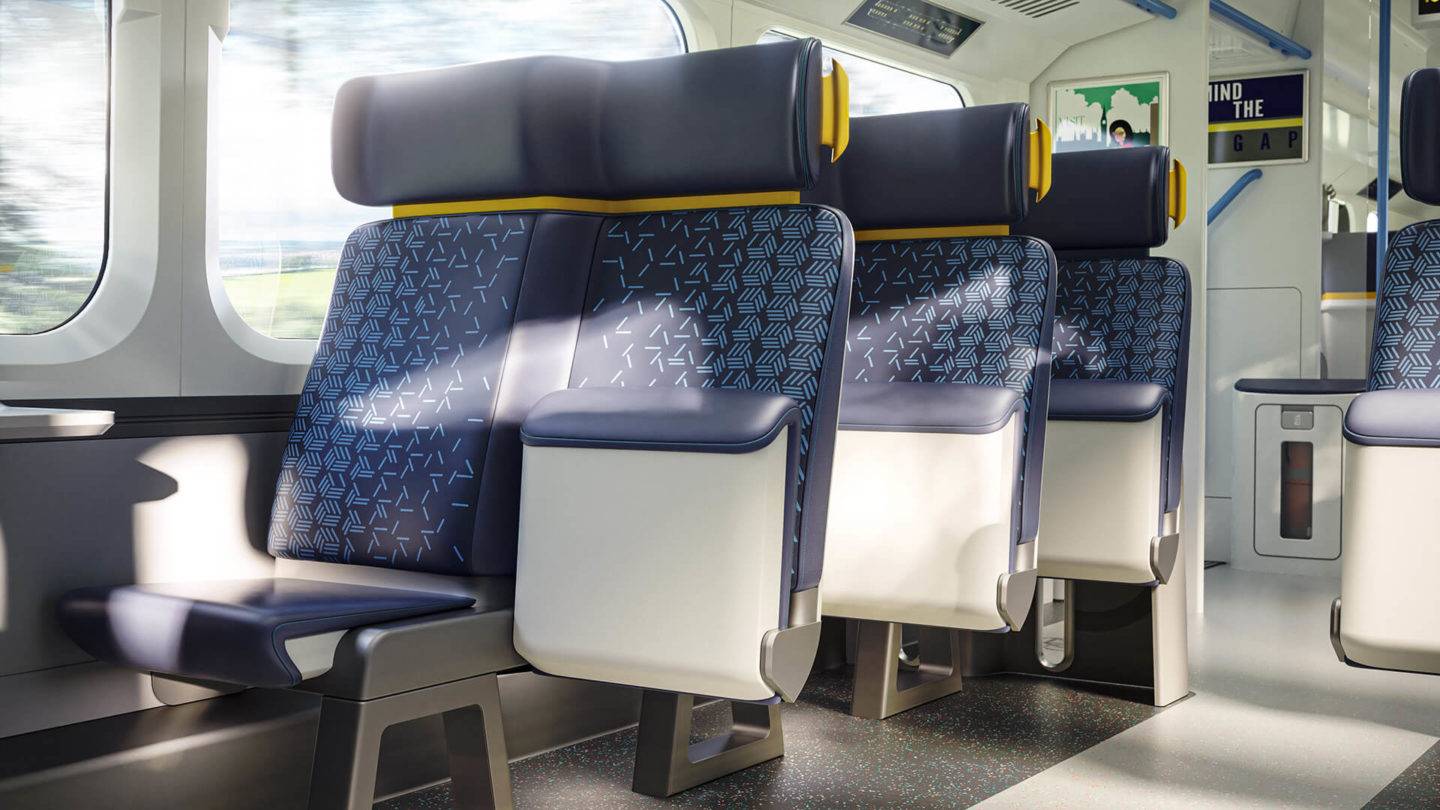
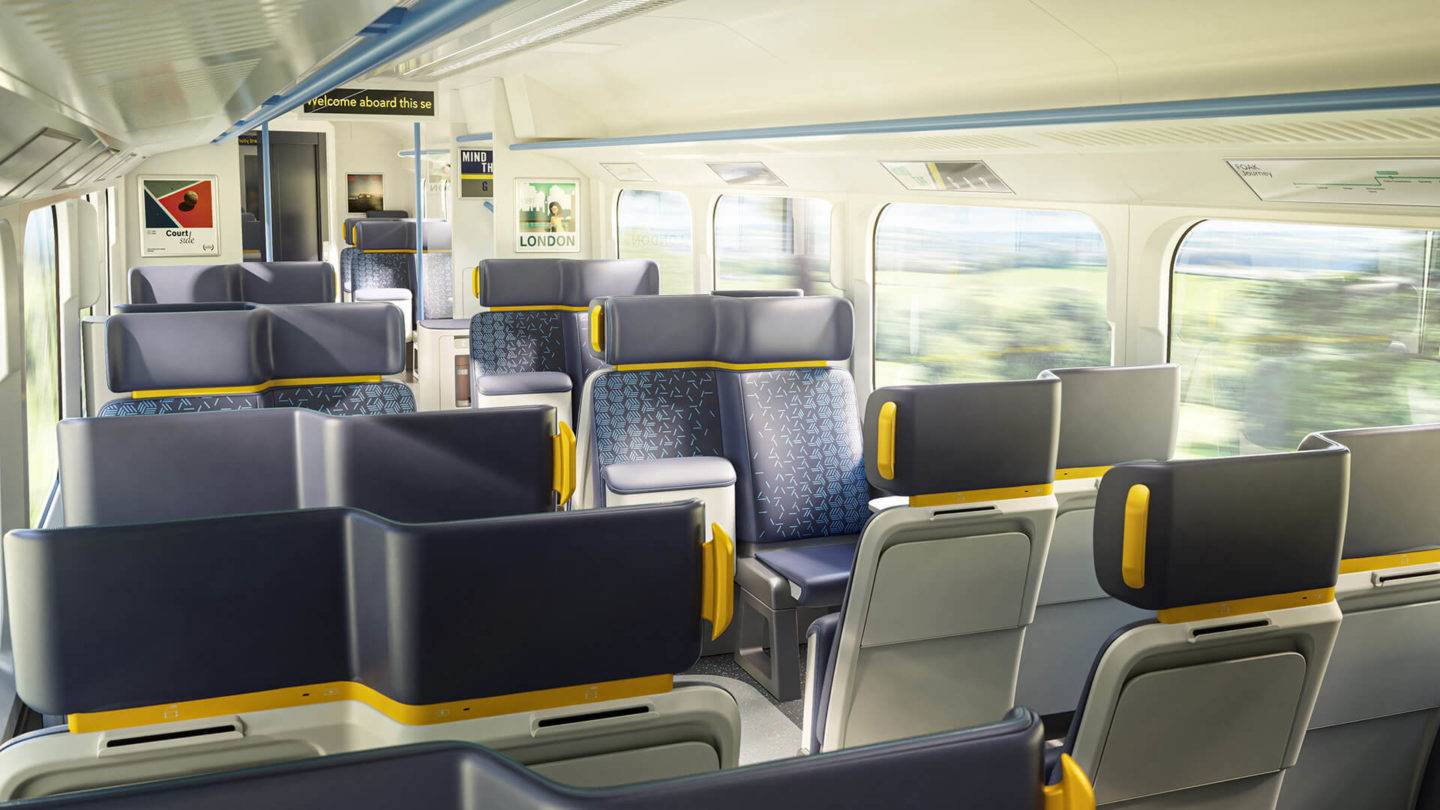
PriestmanGoode was awarded funding for the project through the Department for Transport’s First of a Kind competition run by Innovate UK, with their application sponsored and supported by project partners Angel Trains and Chiltern Railways.
Proteus takes its name from the Greek God’s ability to assume many forms and foretell the future. In response to different patterns in commuter travel, a busier leisure market, increased concerns for personal space and hygiene, the features which are subject to design registration by PG include:
- An innovative staggered seat layout that eliminates ‘shoulder clash’ and a headrest to improve comfort and privacy
- A wider, more accessible aisle with a 2-2 seat configuration achieved by the removal of the unpopular and under-utilised middle seat
- Pairs of seats designed for comfort, with tip-up seat pan on aisle seats, allowing passengers to keep cases or fold-up bikes close-by.
- Benefits for families with buggies allowing them to travel together in the carriage in open bays seats that offer the same tip-up seat flexibility
- Flexible spaces adjacent to all entrance vestibules with longitudinal seating that can be used for multiple purposes, depending on demand
- The latest developments in sustainable materials, trims and finishes
Click and drag your mouse over the image below to explore the carriage in 360 degrees.
“Proteus responds to changes in travel patterns and adds comfort and features that should make rail the first choice over certain distances. Future train interiors need to be more flexible to meet different passenger needs at different times of the day or different stages of the week. This flexibility needs to be built-in for operators to avoid engineering intervention.” Son Tran, Director at PriestmanGoode
The design team at PriestmanGoode worked with engineering partner Quantum Seating Limited and partners Muirhead, Replin and Altro who supplied the latest materials, trims and finishes for the demonstrator
“We’ve taken a pragmatic approach to the First of a Kind brief, balancing ground-breaking ideas with the constraints of existing rolling stock. The outcome provides interesting options for both new rolling stock and retrofit opportunities as operators around the world look to build flexibility into their train interiors” Mike Lambourn, Senior Project Head.
James Brown, Decarbonisation Manager and Project Sponsor at Angel Trains, said: “The rail industry has been significantly impacted by the pandemic, and we want to ensure passengers are comfortable getting back on trains, one of the greenest and most efficient modes of transport. These innovative designs from PriestmanGoode show how rail travel can be optimised in a post-Covid world to provide passengers with a greater sense of personal space. It has been a pleasure to collaborate with them alongside Chiltern Railways, the Department for Transport and Innovate UK.”
Ian Hyde, Engineering Director for Chiltern Railways commented: “We are always focused on how we can improve the experience of our customers and always looking for innovation and creativity. This seating concept demonstrates what may be achieved with clever and varied thinking and it will be interesting to see the feedback received. Whilst we have no current plans to change our train layouts, the concepts presented are a useful consideration as the railway adapts to changing customer needs and expectations, particularly around increases in leisure travel across the network.”
